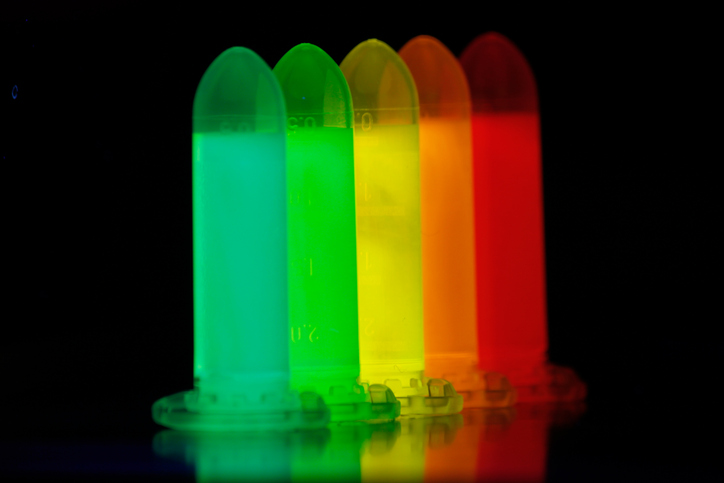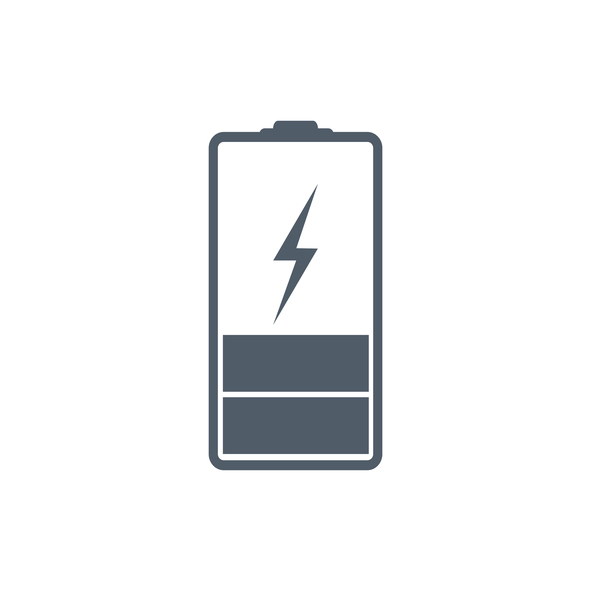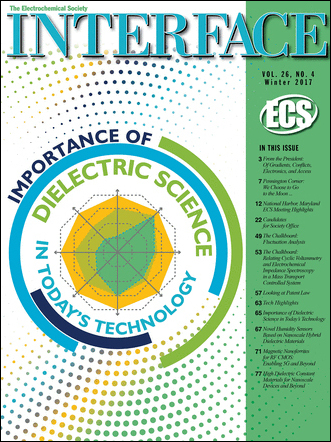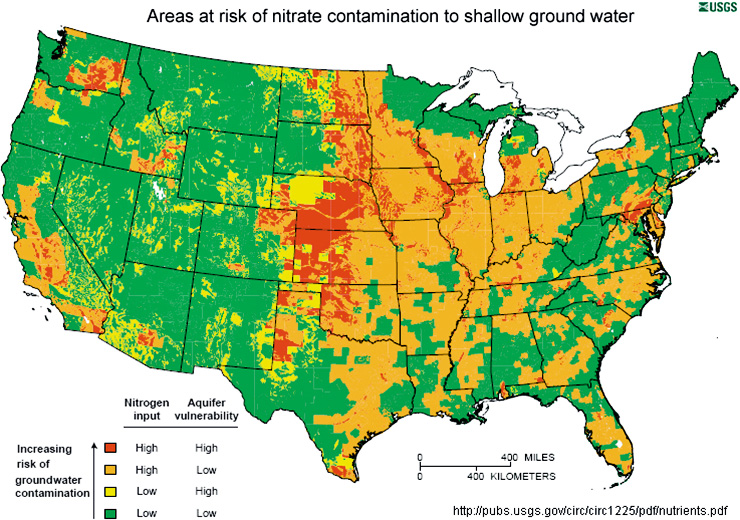 Adding a little ultrathin hexagonal boron nitride to ceramics could give them outstanding properties, according to new research.
Adding a little ultrathin hexagonal boron nitride to ceramics could give them outstanding properties, according to new research.
Rouzbeh Shahsavari, an assistant professor of civil and environmental engineering at Rice University, suggests the incorporation of ultrathin hBN sheets between layers of calcium-silicates would make an interesting bilayer crystal with multifunctional properties.
These could be suitable for construction and refractory materials and applications in the nuclear industry, oil and gas, aerospace, and other areas that require high-performance composites.
Combining the materials would make a ceramic that’s not only tough and durable but resistant to heat and radiation. By Shahsavari’s calculations, calcium-silicates with inserted layers of two-dimensional hBN could be hardened enough to serve as shielding in nuclear applications like power plants.


 Researchers have found an explanation for why a certain class of quantum dots shines with such incredibly bright colors.
Researchers have found an explanation for why a certain class of quantum dots shines with such incredibly bright colors. One year ago, the Chinese government’s energy agency made a long-term commitment to the development of renewable energy sources, investing more than
One year ago, the Chinese government’s energy agency made a long-term commitment to the development of renewable energy sources, investing more than  By: Alice Suroviec, Berry College
By: Alice Suroviec, Berry College Water-based rechargeable batteries could be one step closer to commercial viability, thanks to
Water-based rechargeable batteries could be one step closer to commercial viability, thanks to 
 Nitrogen-doped carbon nanotubes or modified graphene nanoribbons could be effective, less costly replacements for expensive platinum in fuel cells, according to a new study.
Nitrogen-doped carbon nanotubes or modified graphene nanoribbons could be effective, less costly replacements for expensive platinum in fuel cells, according to a new study.
 Match the following figures – Albert Einstein, Thomas Edison, Guglielmo Marconi, Alfred Nobel and Nikola Tesla – with these biographical facts:
Match the following figures – Albert Einstein, Thomas Edison, Guglielmo Marconi, Alfred Nobel and Nikola Tesla – with these biographical facts: